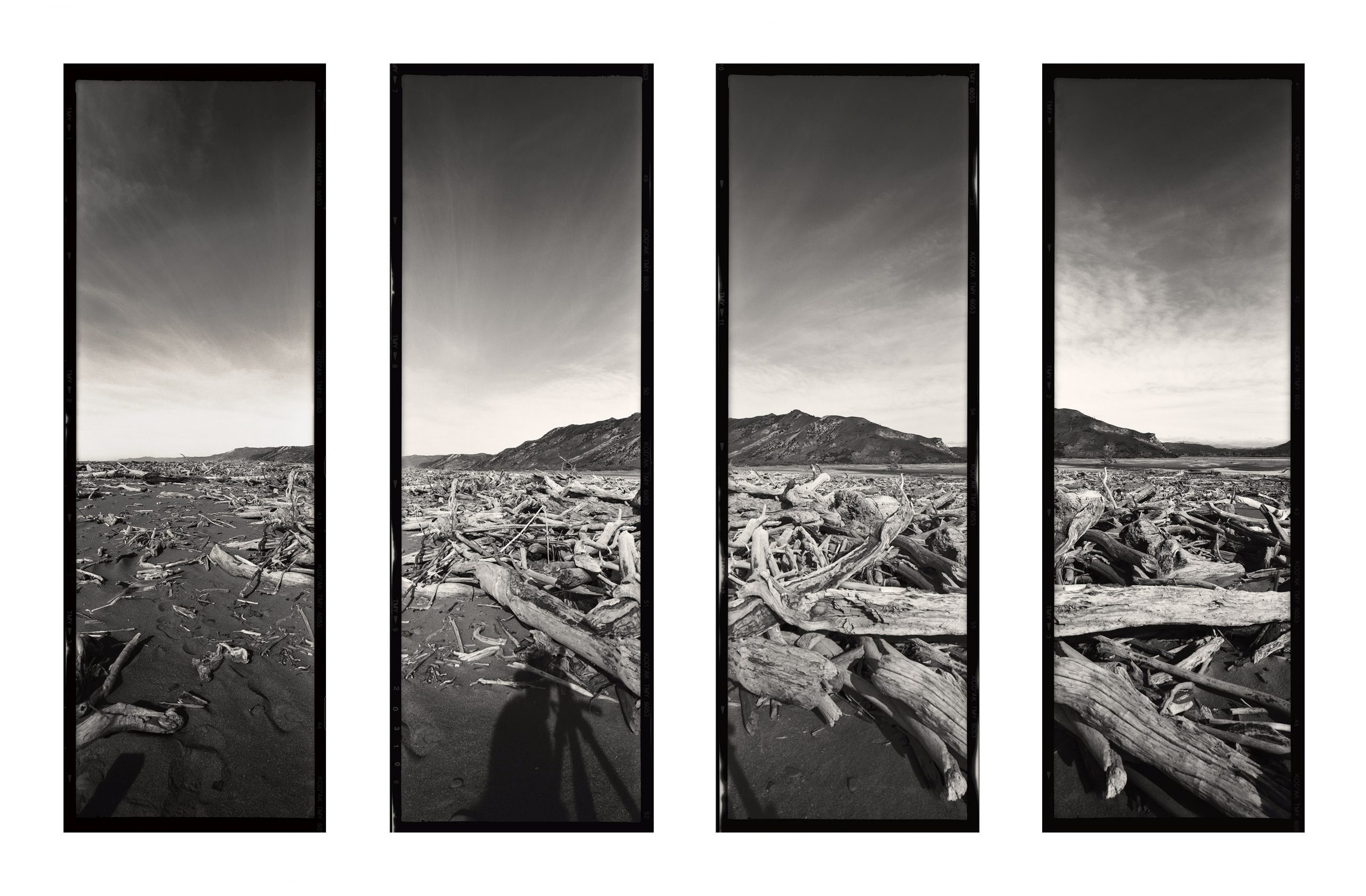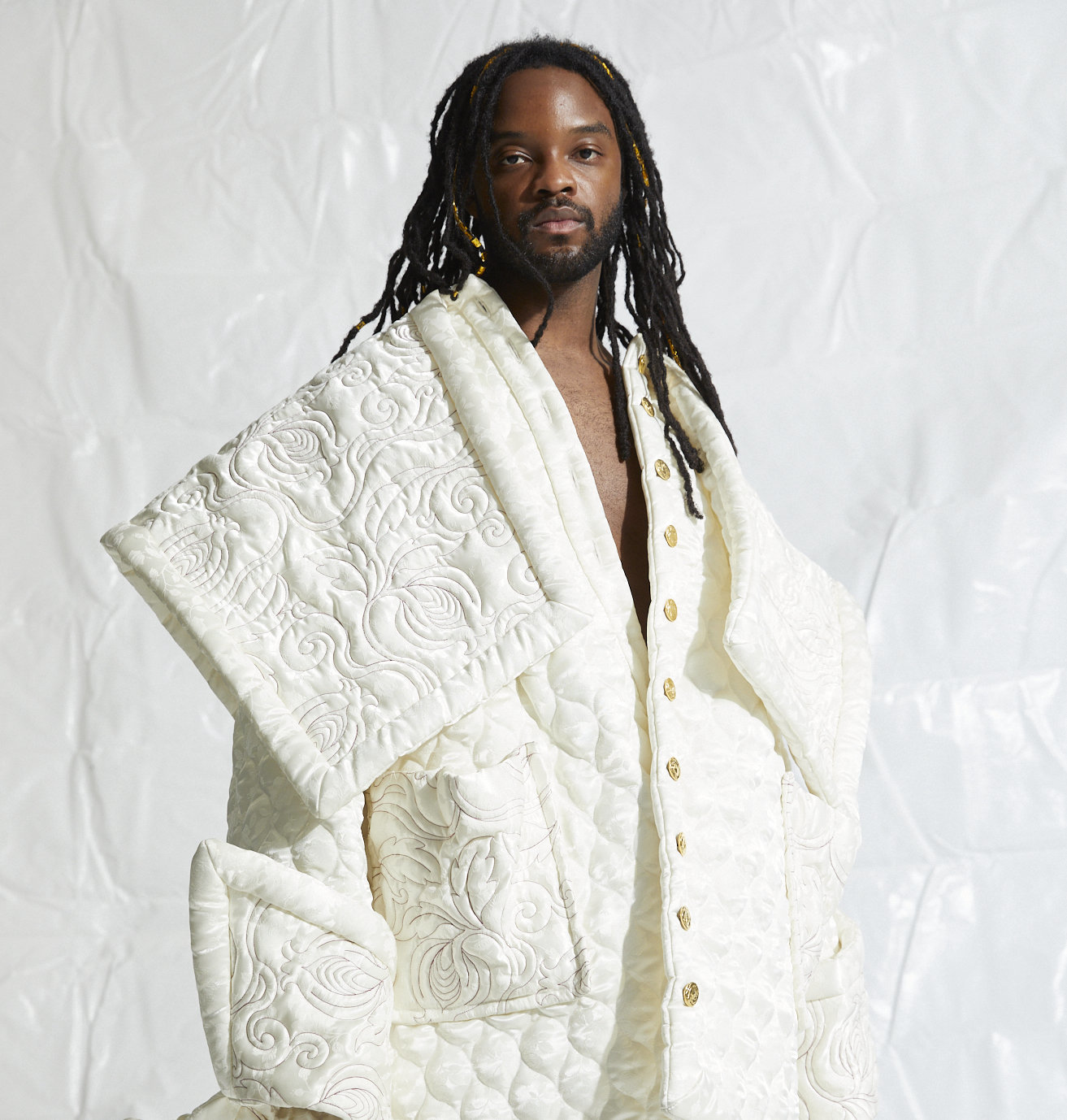Here’s a unique art exhibition encouraging audiences to look at climate change in the now – not just as a future problem.
If you’re passionate about the issue of climate change and you’re also a fan of art, ‘Imagining the Present’ is an exhibition for you. The unique exhibition is on display at AUT University until September 9 and is part of a wider project about climate change currently on display, encouraging audiences to look at the effects of climate change now, rather than always looking ahead at problems down the line. The wider project is called The Distance Plan. For more information, see thedistanceplan.org

Bjarki Bragason’s Perhaps that in which it (2013)
A series of photographic images of plaster moulds, formed around a piece of shelf ice used by Reykjavik glaciologists in reconstruction modeling of historical climates. The artist found the ice discarded after a conference on his way home, and biked home with it, later made the moulds as a way of documenting its disappearance. A second work, Ten Thousand and One Years (one year of emissions at 449,5 meters), (2016) looks at the CarbFix project, in which scientists are working with industry to mineralise CO2 by pumping it into subterranean Basaltic rock in Iceland, accelerating carbon fossilisation that would otherwise take thousands of years. Documents of the resulting core samples, these photographs could also be read as ambivalent monuments to the nightmarish speculative reach of the ‘tech-fix.’

Nicholas Mangan’s Dowiyogo’s Ancient Coral Coffee Table (2010)
Made of coral limestone from a section of sculpture formerly installed in front of the high-rise Nauru House in Melbourne. Originally this coral came from Nauru Island in the 1970s, at that time wealthy as a result of being mined for phosphate (in the form of guano, fossilised bird droppings) by New Zealand, Australian and British companies. By 2003, the phosphate nearly all gone, Nauru President Bernhard Dowiyogo told an American reporter his plan to save the country from bankruptcy by selling ancient coral coffee tables. Completing this likely tongue-in-cheek proposal, the artist makes a lasting marker of the colonial exploitation that saw 80% of the island’s topsoil removed, leaving an inhospitable moon-like landscape. The work also de-emphasises humancentric time— capital and industry shrinks to something absurd relative to the geological timespan over which fossils form. The limestone here will outlast today’s conversations about the Anthropocene, likely by thousands of years.

Natalie Robertson’s Pohautea 1-4 (1996/2015)
Photographs of the Waiapu Ngutu Awa (river mouth) on the East Coast, overlaid with the bones of trees after flooding caused by Cyclone Bola in 1988. This is part of a larger history of colonial deforestation since 1890. Printed for the first time nineteen years after they were taken, the photographs are also witness to that interval, the tons of silt that have washed out to sea, and the widening of the river mouth. Part of a larger project, Waiapu Kōkā Huhua: Waiapu of Many Mothers, the work is accompanied by a 19th century mōteatea (lament) by Hone Rongomaitu, He Tangi Mo Pahoe, re-interpreted and recorded for the exhibition by Rhonda Tibble.





